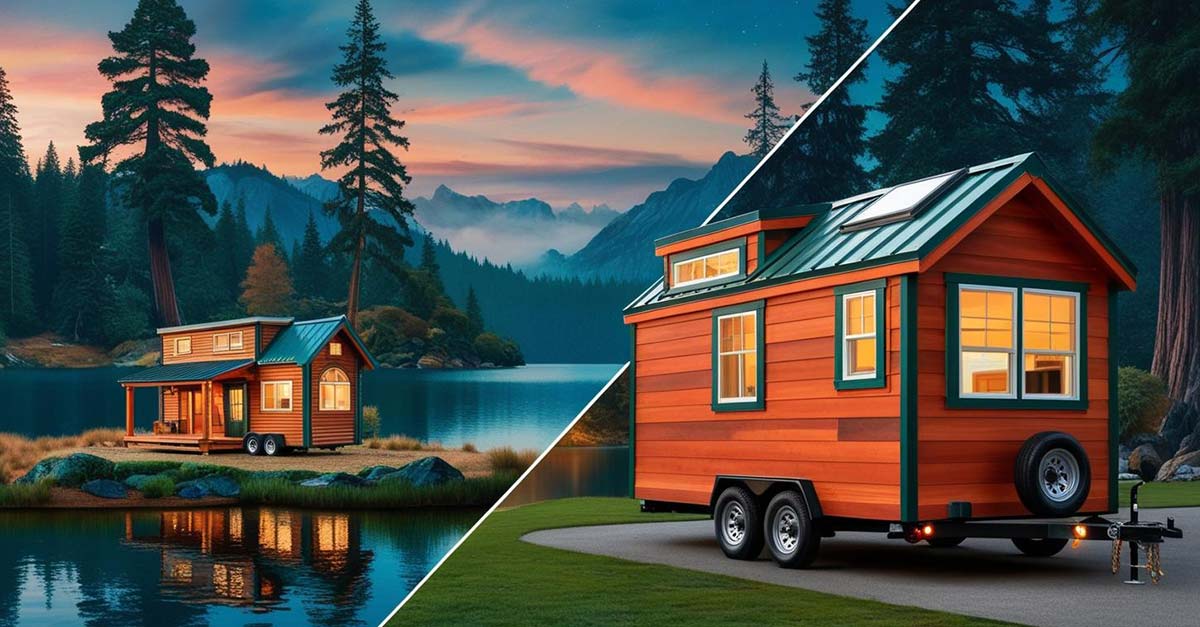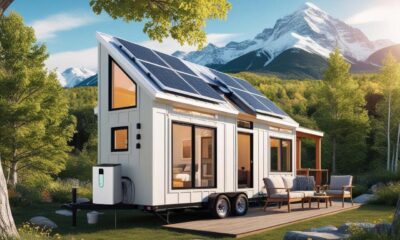Tiny Homes
Tiny House Laws and Zoning Regulations in the USA and Canada for 2025

As the tiny house movement continues to gain traction, understanding zoning regulations and laws in the USA and Canada is critical for those considering this lifestyle. The regulations vary significantly by region and often depend on whether the tiny home is on wheels or a permanent foundation. Here’s a comprehensive guide to navigating these laws in 2025.
Tiny House Regulations in the USA
Foundation-Based Tiny Homes
Tiny homes built on permanent foundations must adhere to local building codes and zoning ordinances. Some states, such as California and Oregon, have adopted progressive policies allowing accessory dwelling units (ADUs), making it easier to place tiny homes on residential lots. However, other states, like New York and North Dakota, impose stricter regulations that often hinder tiny home developments.Tiny Homes on Wheels (THOWs)
These homes are frequently classified as recreational vehicles (RVs), allowing them to bypass traditional building codes but limiting their residential use. While states like Texas and Colorado offer flexibility, many localities enforce restrictions on parking and full-time residence for THOWs.Advocacy and Appendix Q
Appendix Q of the International Residential Code, tailored for tiny homes up to 400 square feet, has been widely adopted, providing a framework for zoning and building regulations. Advocacy groups encourage local governments to adopt these standards to promote tiny living.
Tiny House Regulations in Canada
Provincial and Municipal Guidelines
Canadian regulations for tiny homes vary by province and municipality. For instance, British Columbia supports tiny homes as ADUs in some areas, while Ontario allows them under specific conditions. In rural settings, zoning laws may be more relaxed compared to urban centers.Building Code Compliance
Tiny homes must meet the Canadian Building Code standards, including requirements for heating, plumbing, and electrical systems. This often presents challenges for tiny homes on wheels.Future Prospects
Advocacy efforts in provinces like Alberta and Quebec are pushing for clearer laws to integrate tiny homes into affordable housing solutions. Increasing public awareness and community support are paving the way for more inclusive zoning policies.
Challenges and Opportunities
- Minimum Size Requirements: Many jurisdictions impose minimum square footage requirements that exceed the typical size of a tiny home.
- Permitting and Inspections: Obtaining permits can be time-consuming, with multiple inspections needed to ensure compliance.
- Tiny Home Communities: Joining planned tiny home communities can alleviate many regulatory hurdles.
FAQ
1. Are tiny homes legal everywhere in the USA and Canada?
No, regulations vary widely depending on the state, province, or municipality. It’s essential to research local zoning laws and building codes.
2. What is Appendix Q, and why is it important?
Appendix Q is part of the International Residential Code, providing specific building standards for tiny homes up to 400 square feet, addressing safety and design concerns.
3. Can I live in a tiny home on wheels full-time?
This depends on local laws. In many areas, THOWs are classified as RVs, which can limit full-time residency.
4. How do I find tiny home-friendly communities?
Research locations such as Spur, Texas; Asheville, North Carolina; and Vancouver Island, British Columbia, known for embracing tiny living.
Conclusion
Tiny house living offers an affordable and sustainable lifestyle but requires navigating a complex web of regulations. While progress is being made in the USA and Canada, local laws still present challenges. By staying informed, advocating for change, and exploring tiny home communities, enthusiasts can pave the way for a more flexible and inclusive housing future.











